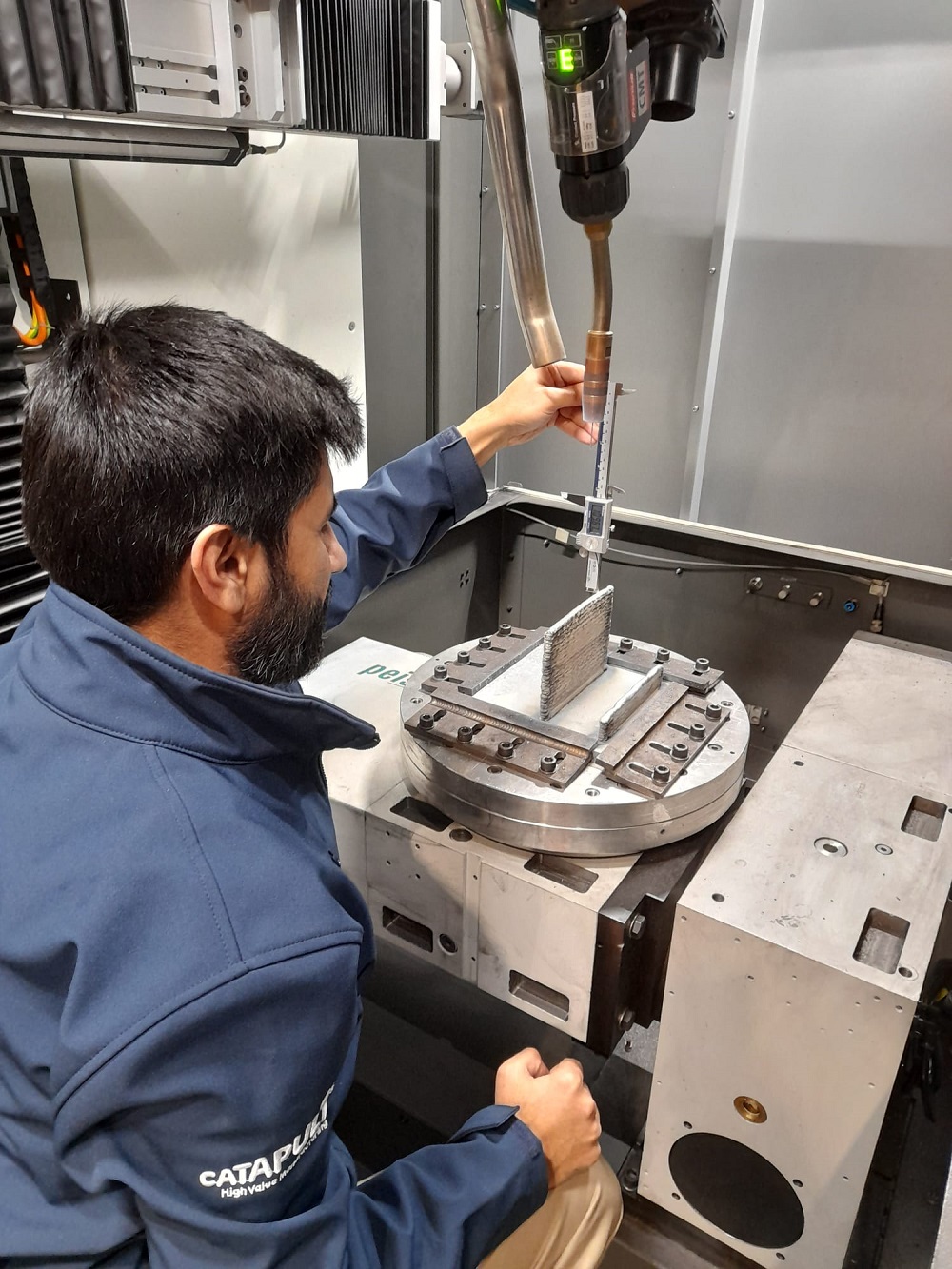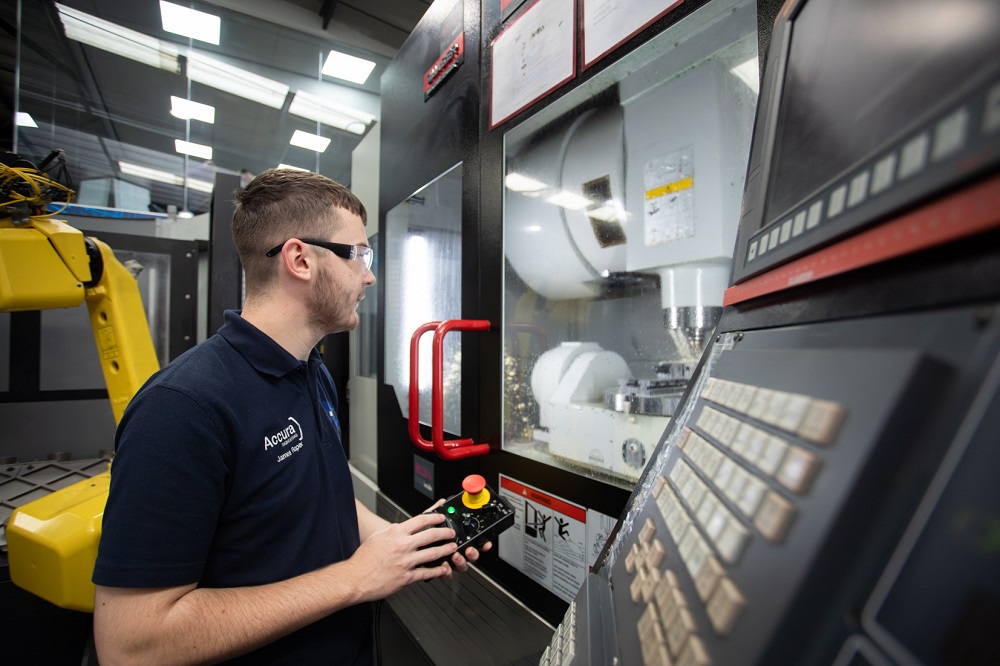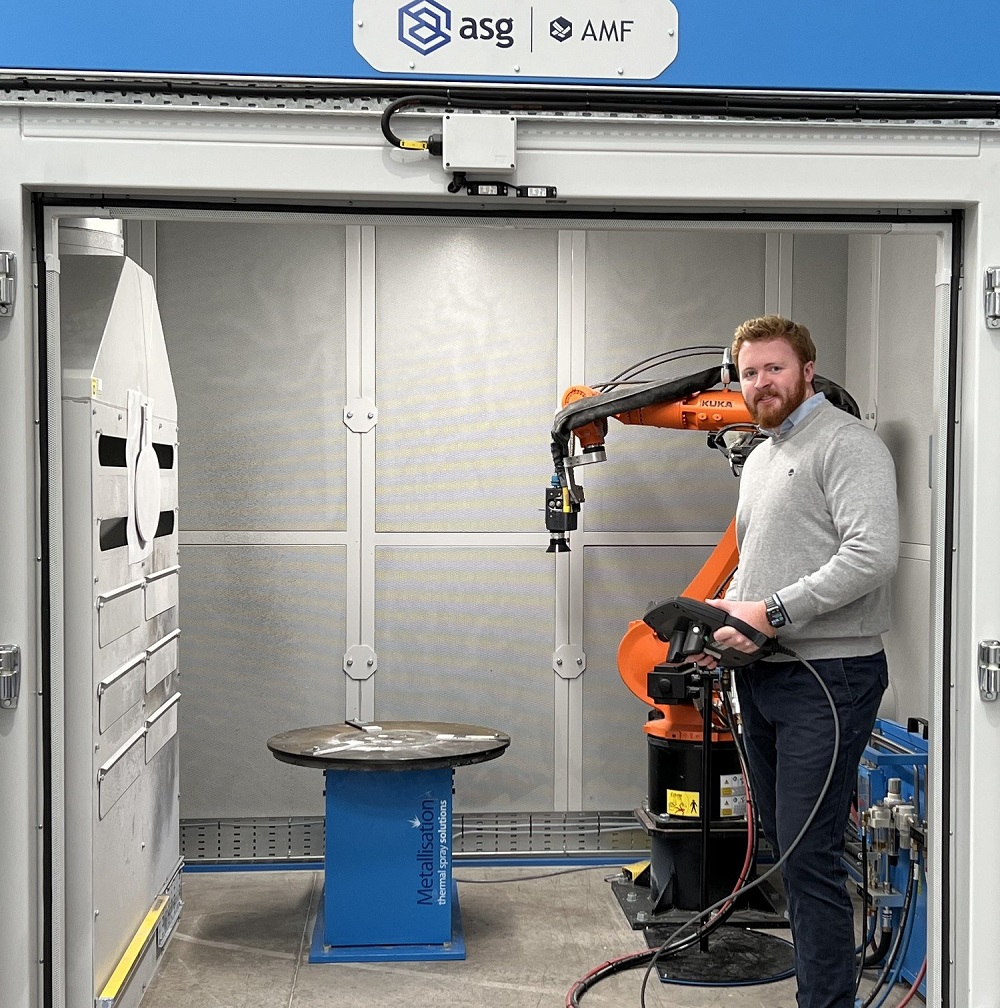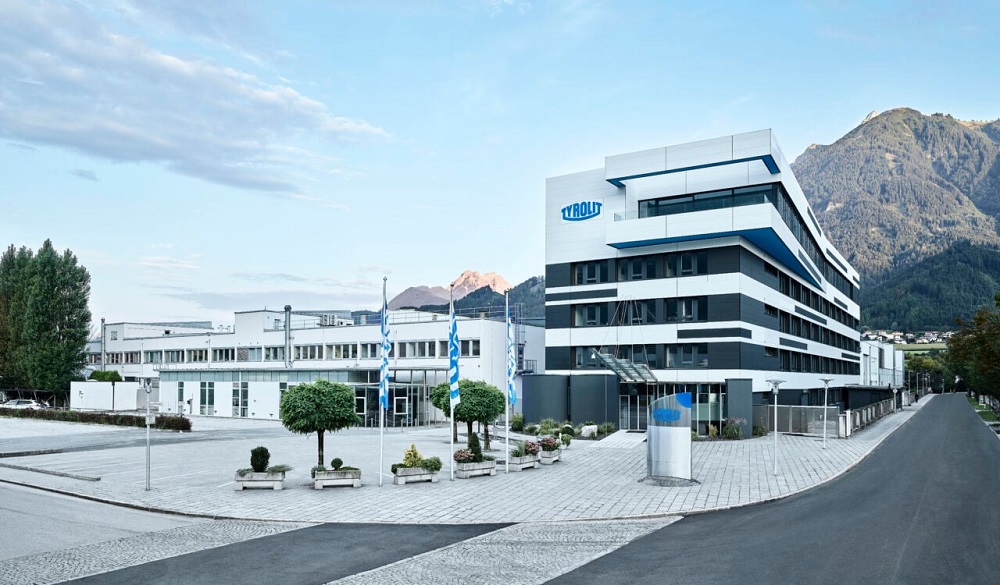Additive manufacturing experts from the University of Sheffield AMRC North West are exploring an innovative technique to produce hydrogen storage tanks for aerospace applications. Dr Evren Yasa, head of additive manufacturing (AM) for the AMRC, led a team of researchers on a project using Wire Arc Additive Manufacturing (WAAM) to print 3D metal parts. The process uses an electric arc to melt a metal wire, depositing layers of melted metal on top of each other to create 3D shapes.
Many sector use WAAM, including energy, defence, automotive, construction and aerospace, to produce large and complex structural components. The process reduces the need for assembly and joining technologies, as well as waste material. Moreover, WAAM has been deployed for repair and remanufacturing purposes in aerospace, saving time and costs. It also has the advantage of greater supply chain flexibility, enabling on-demand production in small quantities.
For further information www.bit.ly/46MBcBR



















